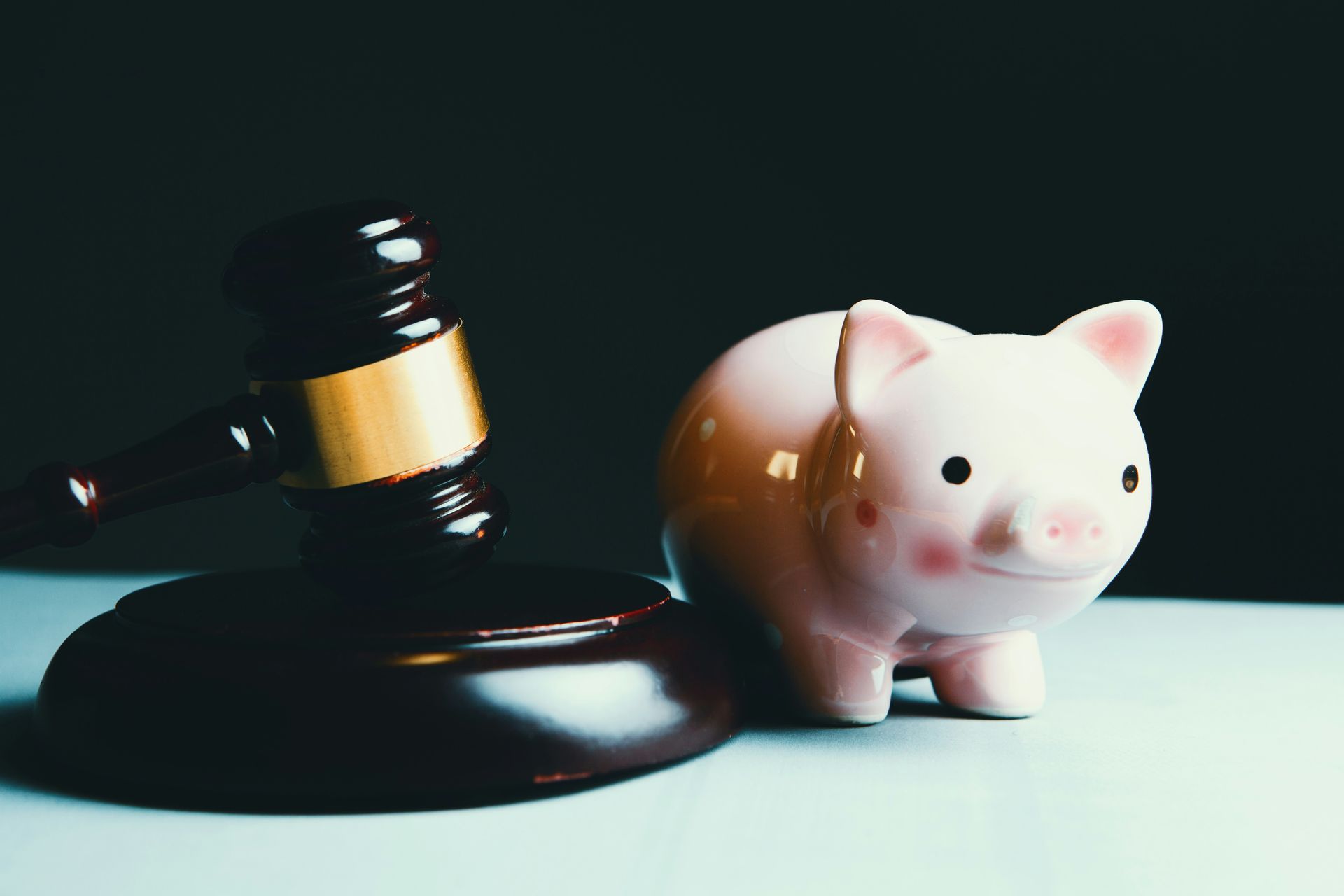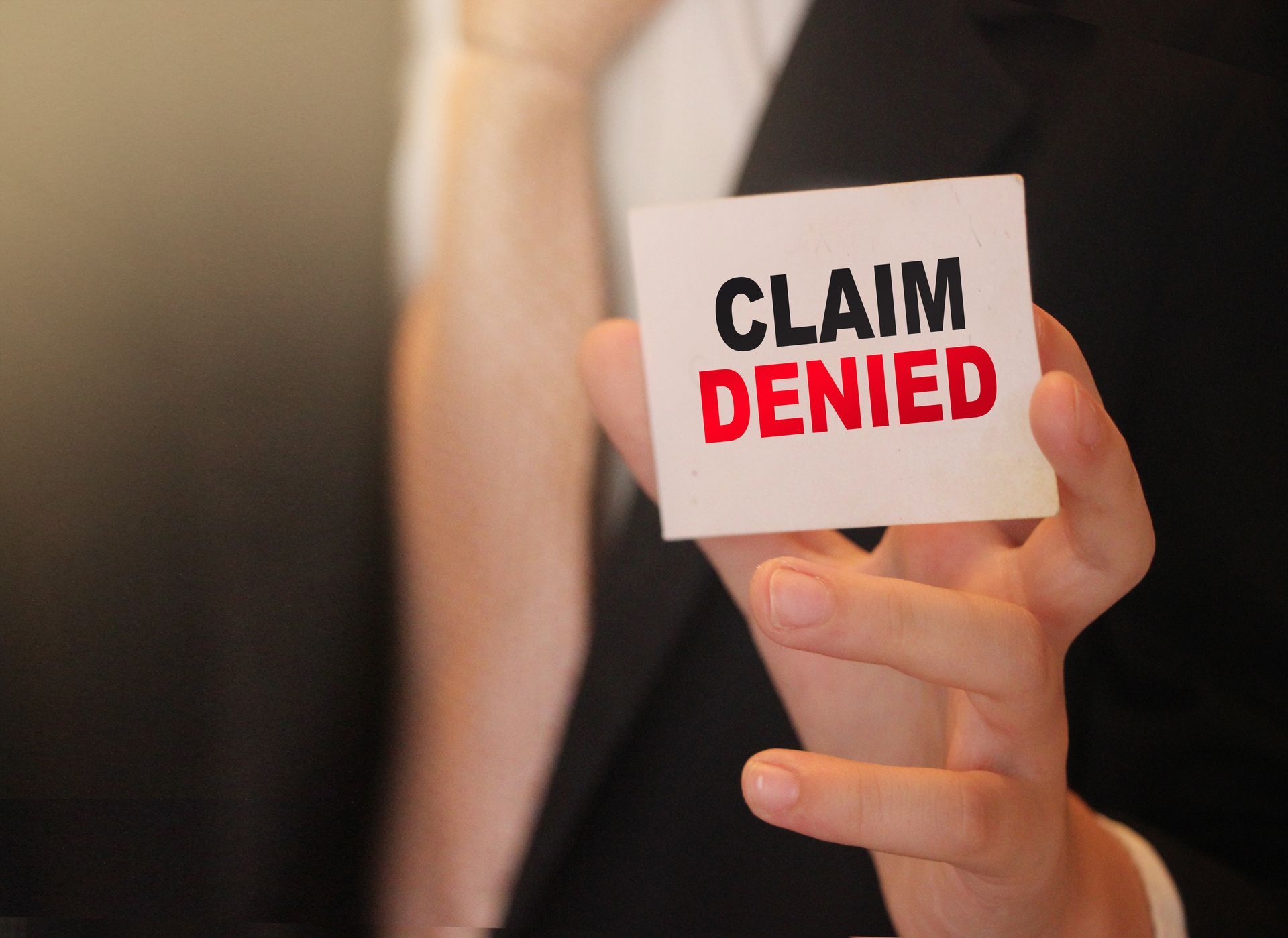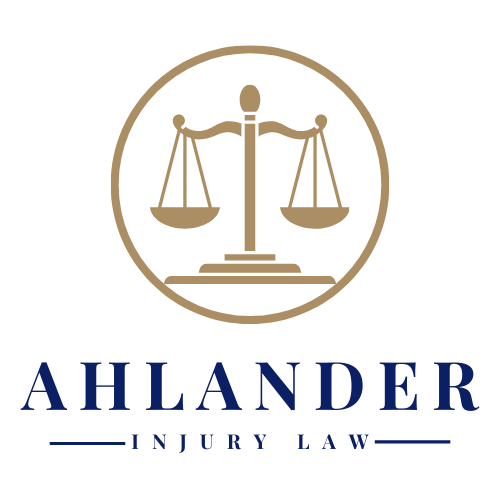How to Stay Safe in the Workplace
While it is largely your employer’s responsibility to keep you safe while at work, there are still steps you can take to ensure your own safety. Taking these measures can help you prevent accidents or injuries in order to keep you and your coworkers safe.
Keep Your Workspace Clean
No matter what type of job you have, you want to make sure your work area is clean. When it’s messy or things are disorganized, there’s a higher chance of accidents occurring. Keep your area organized. If everything has a designated place, it’s easier to keep things from becoming a mess or a problem. If you spill anything, clean it up immediately. Failing to clean up spills quickly leads to more slips and falls. Throughout the day, find ways to clear your workspace. You want to make sure you have a clear walkway and an organized area.
Report Any Hazards
Many accidents and injuries can occur simply because people aren’t aware of hazards. If you find any kind of hazard in your workplace, you need to report it immediately. When hazards are reported, they can be addressed in the proper fashion including putting up signs, sectioning off an area, or finding ways to remove the hazard. When you report hazards in the workplace, you make the area safe for you and all of your coworkers. To further ensure a safe work environment, encourage fellow employees to report any hazards they may find.
Participate in Safety Trainings
Your workplace should be providing you with safety trainings. Often, these occur when you are first hired, but they may also take place periodically throughout your employment. Trainings exist to inform employees of the hazards in the workplace, how to avoid or deal with them, and what protocols to follow to stay safe. Keep in mind that some protocols can change over time and there might be updates at each training. For your own safety, make sure you attend these trainings and pay attention to what is taught. This can better prepare you to handle any hazards you may face and you can reduce your risk of injury.
Staying safe at work is not always a guarantee. Your actions, and the actions of your employer, can make a major difference in whether or not accidents or injuries occur. Even when you do all you can, they may still take place and fortunately you are protected in the form of workers’ compensation.
Have you been injured on the job? Click here to contact an attorney who can help you understand your workers’ compensation and get the treatment you deserve.
The post How to Stay Safe in the Workplace appeared first on Ahlander Injury Law.





